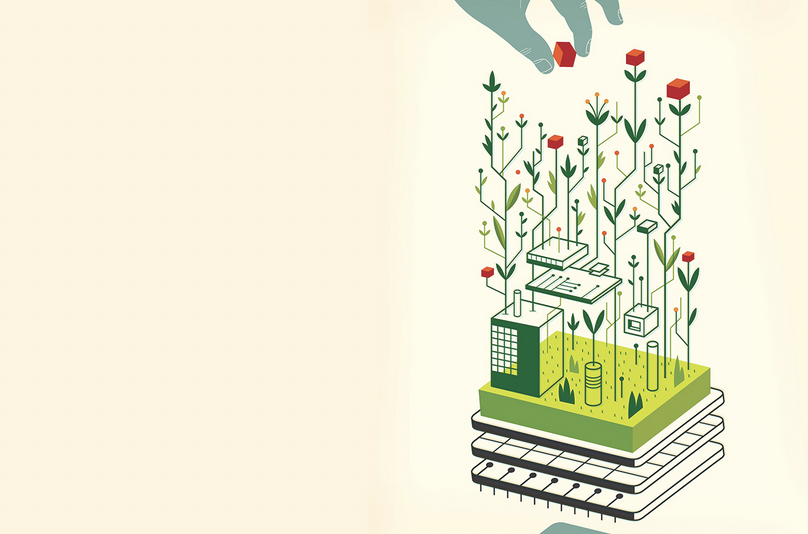
What Are Ecosystems?
Ecosystems are “relatively self-contained, self- adjusting systems of resource-integrating actors connected by shared institutional arrangements and mutual value creation through service exchange." Ecosystems are composed of diverse actors who interact with each other within and across micro, meso, and macro levels that are nested and complementary to each other. Digital technologies play a growing role in resource integration, thus digital readiness is becoming a key success factor for ecosystems.
How Do Institutions and Relationships Matter for Digital Ecoystems?
But while technology is necessary for coordinating ecosystems, it is likely not sufficient. Scholars have argued that, to co-create mutual economic and social value through their interactions and to avoid value co-destruction, actors in an ecosystem must coordinate with each other. This is crucial given the complexity and dynamic evolution of ecosystems, as well as the potential number and diversity of actors involved, particularly when working to solve grand challenges. Such coordination is supposedly ensured by the existence of shared institutional arrangements among the actors, namely “sets of interrelated institutions” composed of normative (values, social norms), cultural-cognitive (organizational policies), and regulative (laws) institutions. Those institutions enable, guide, and constrain the actors’ behaviors in their resource-integrating interactions.
Relationships are a key ingredient of effective coordination when actors are highly interdependent and when they are carrying out work characterized by high levels of uncertainty and time constraints. Relational coordination is the coordination of work through relationships of shared goals, shared knowledge and mutual respect, supported by frequent, timely, accurate, problem solving communication in the context of interdependence, uncertainty and time constraints. While this theory has most often been applied within organizations, it can be expanded to address cross-organizational and cross-sectoral coordination. Ecosystems may require relational forms of coordination to ensure successful outcomes and to manage conflicting priorities among actors; if so, institutions and digital technologies need to be designed to support relational coordination at and across levels.
Please join us to learn more, and to contribute your knowledge!
Coordinating Ecosystems at Multiple Levels
Meta level |
Institutional coordination |
Macro level |
Cross-organizational coordination |
Meso level |
Within-organization coordination |
Micro level |
Interpersonal coordination |
Join This Innovation Lab







